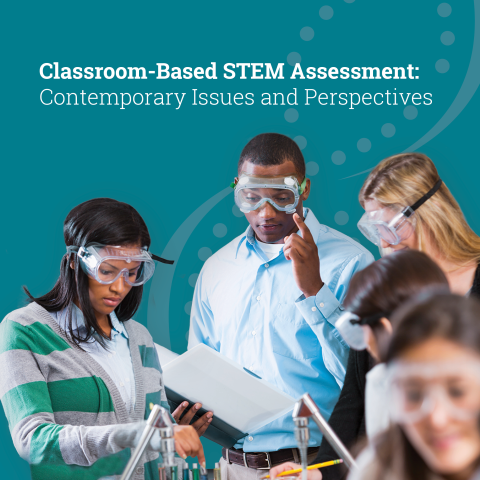Shining Light on Preschool Science Investigations: Exploring Shadows and Strengthening Visual Spatial Skills
Young children are naturally interested in light and shadows, thus providing a meaningful context to introduce preschool science investigations. As children explore how shadows are made and change, they also have opportunities to develop math skills, specifically visual spatial awareness. In this article, we describe a set of light and shadows activities. Through these playful hands-on and digital app investigations, children explore how shadows are made and change.
Young children are naturally interested in light and shadows, thus providing a meaningful context to introduce preschool science investigations. As children explore how shadows are made and change, they also have opportunities to develop math skills, specifically visual spatial awareness. In this article, we describe a set of light and shadows activities.
